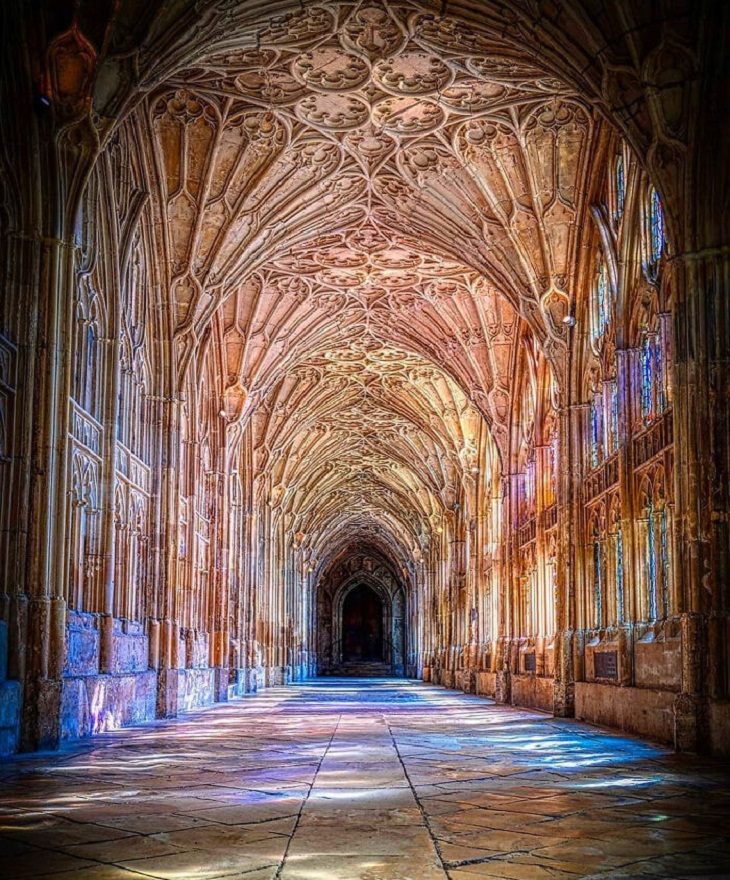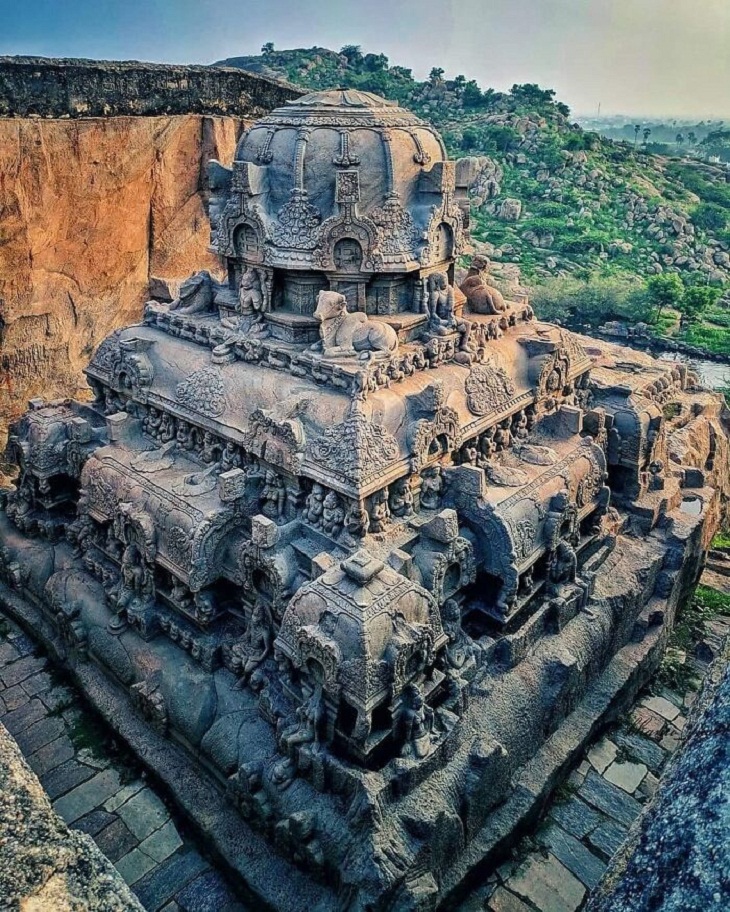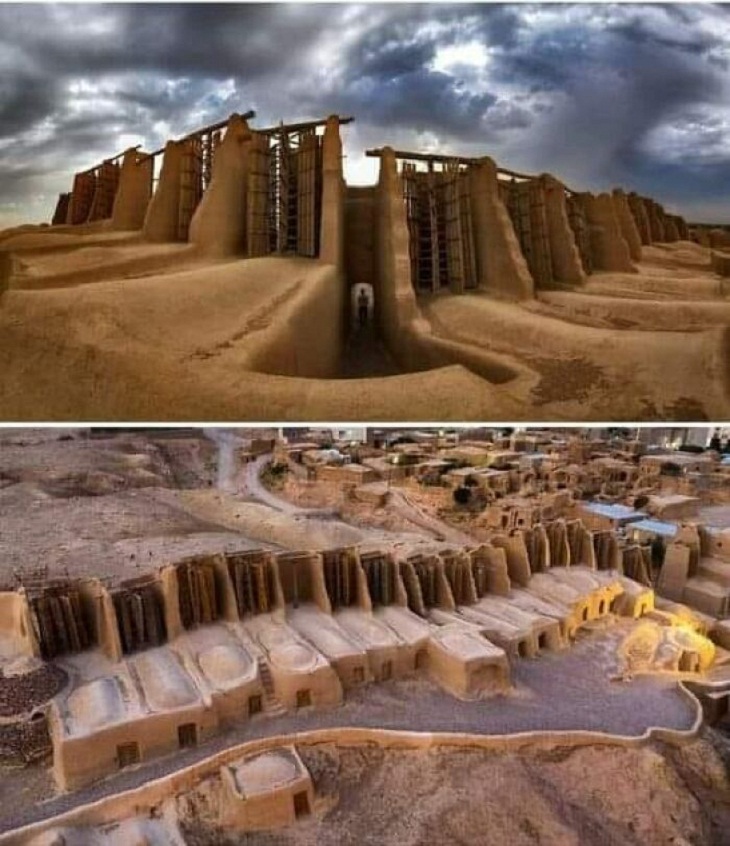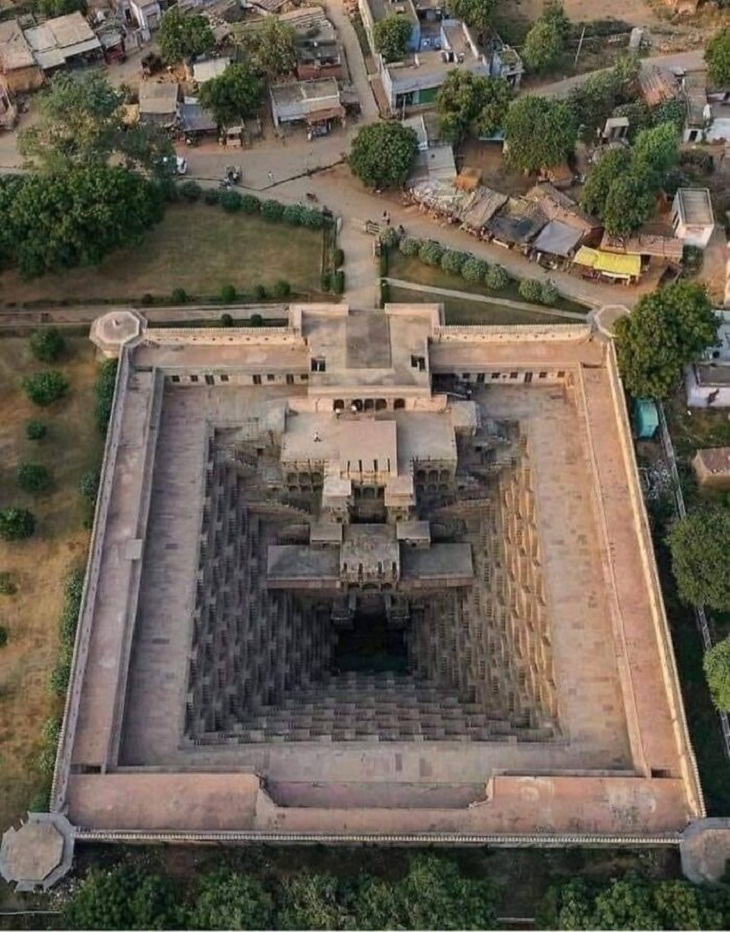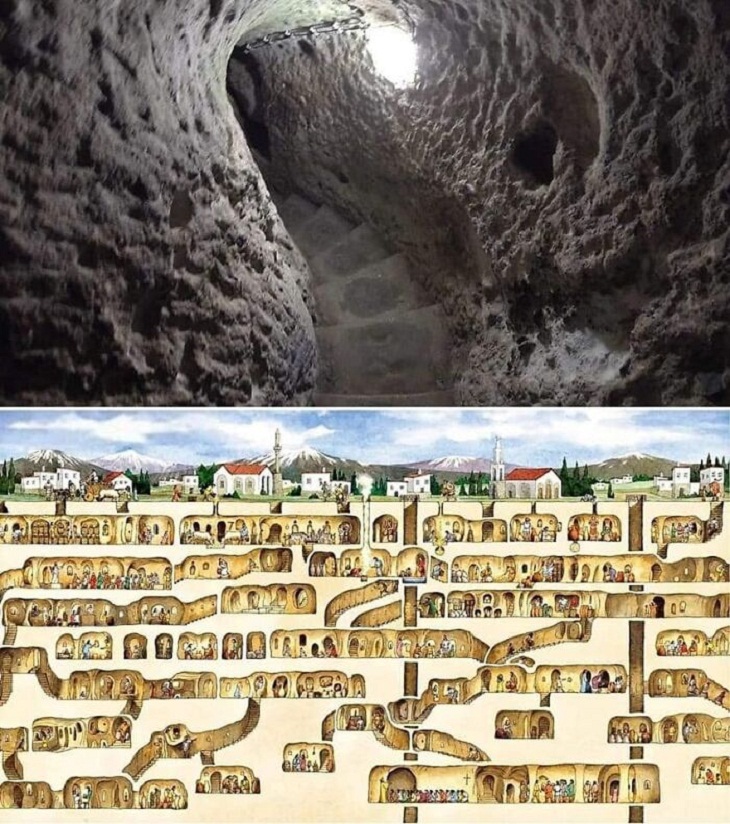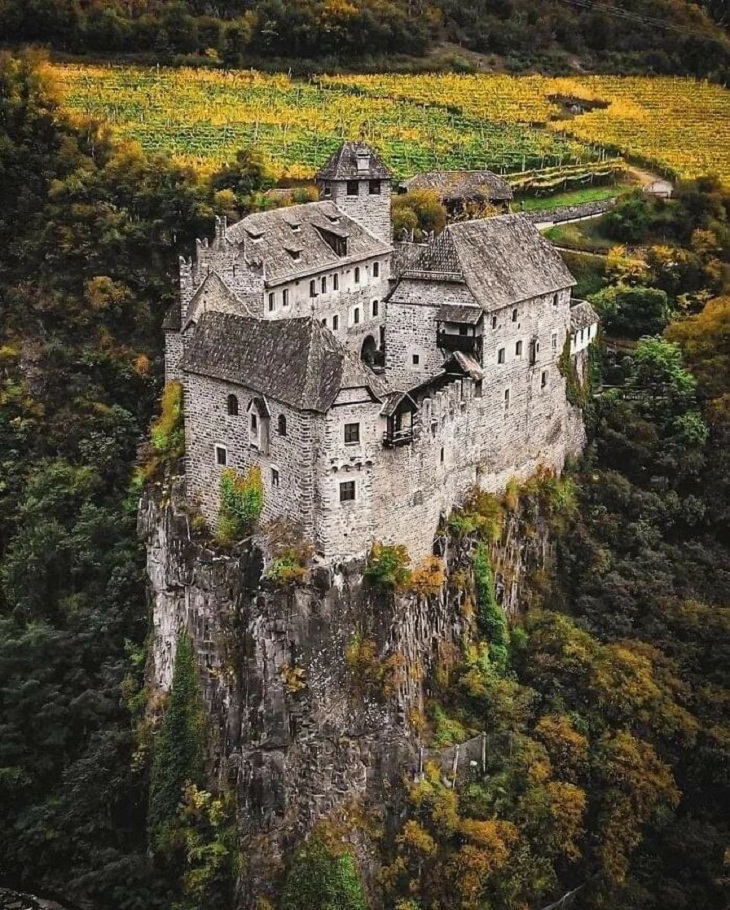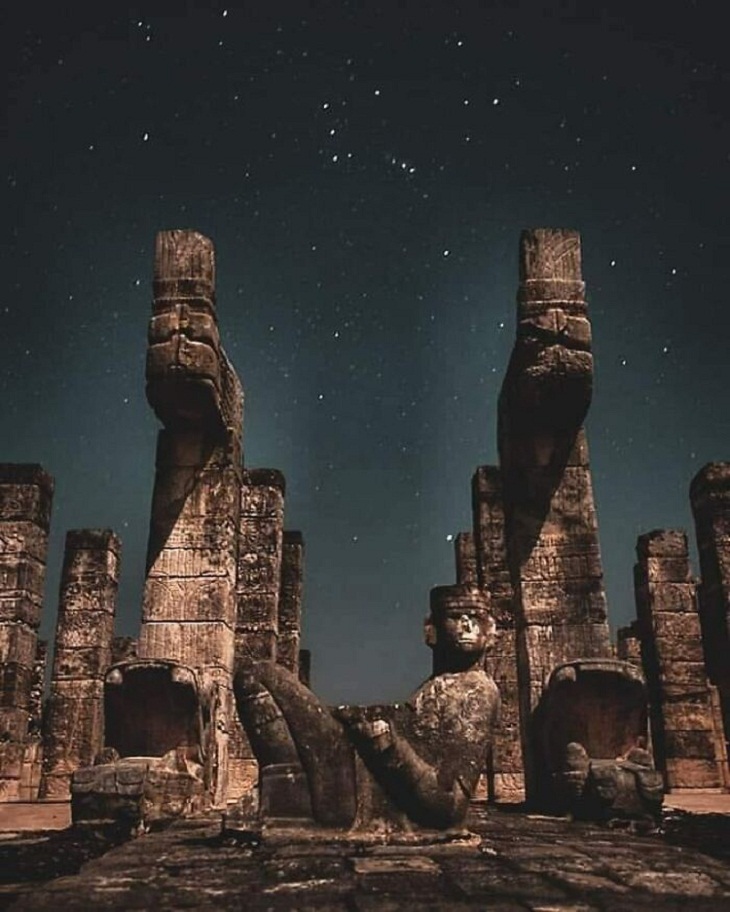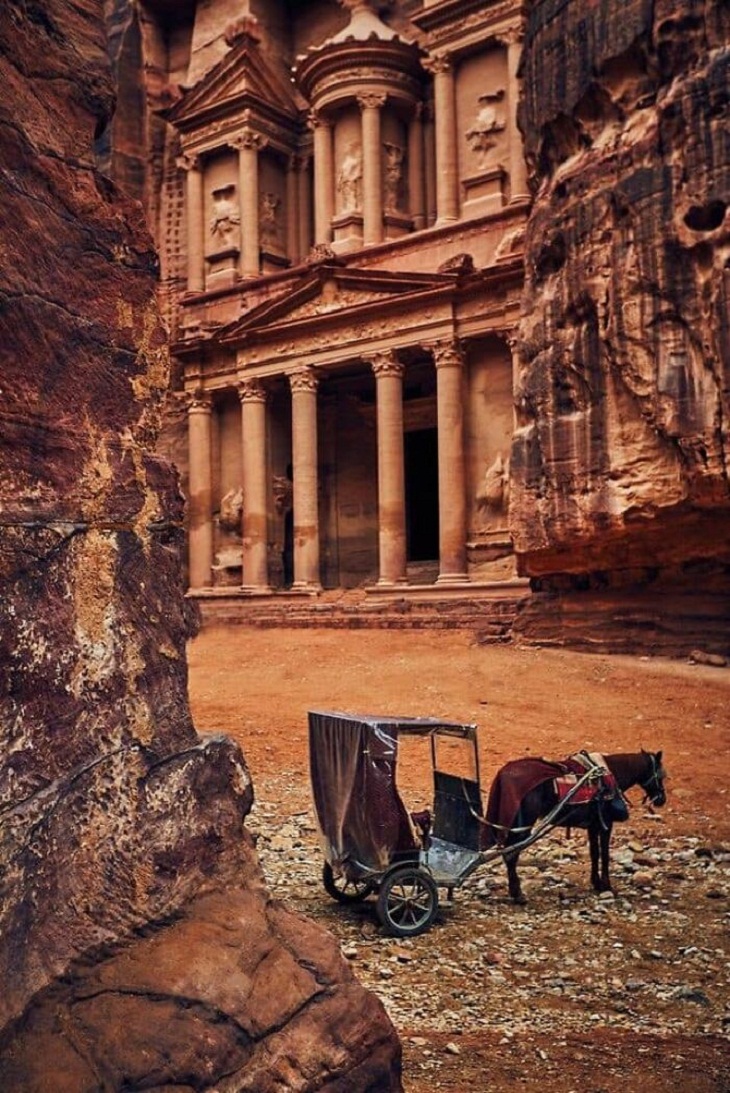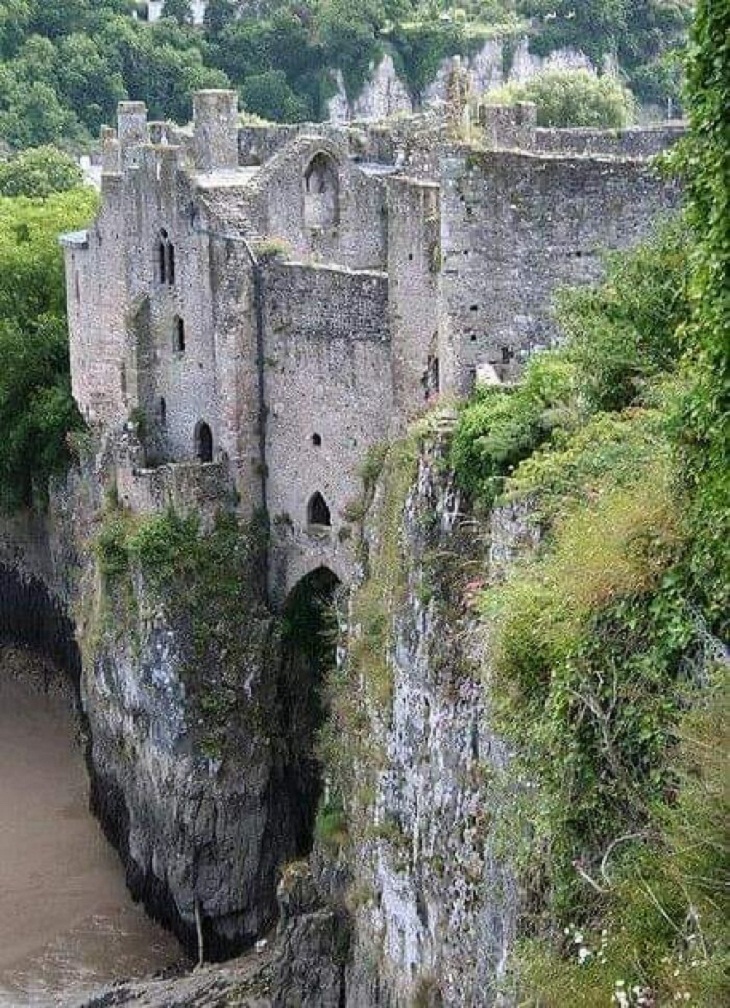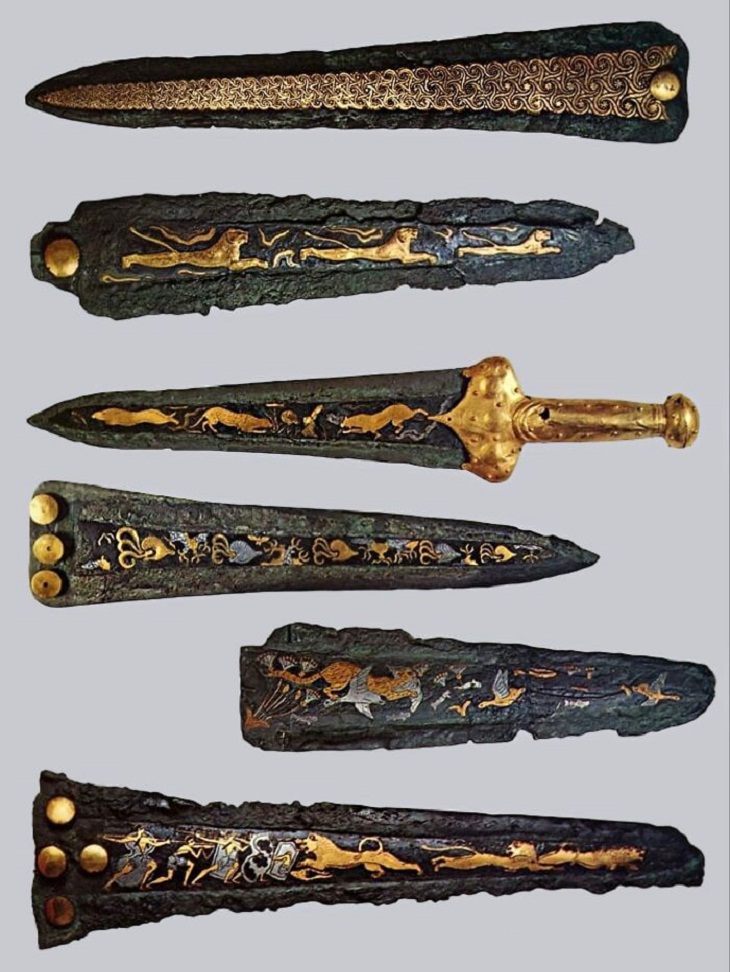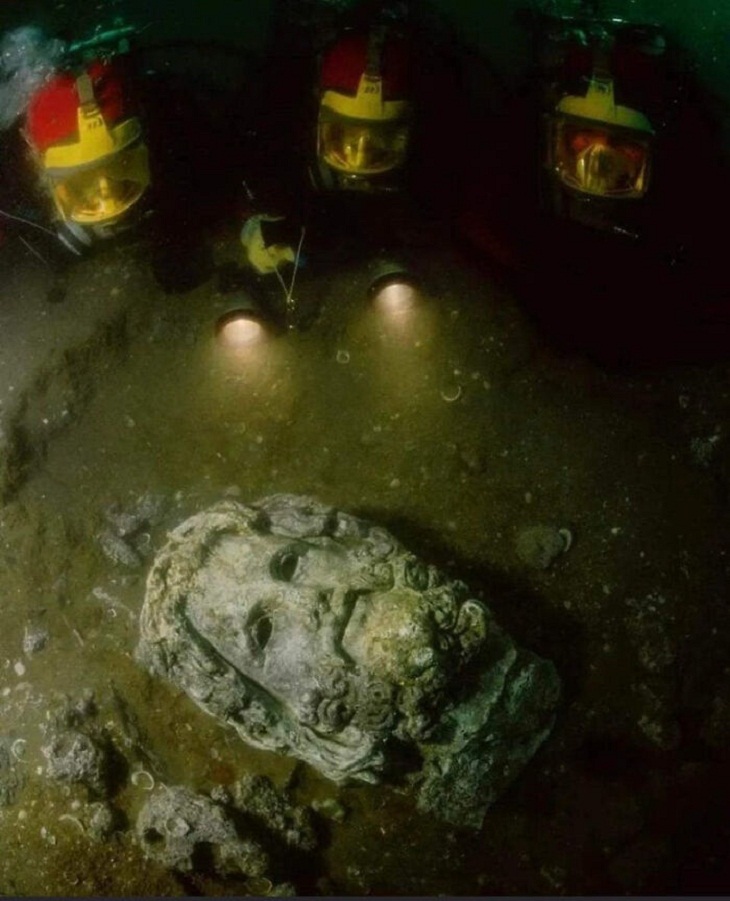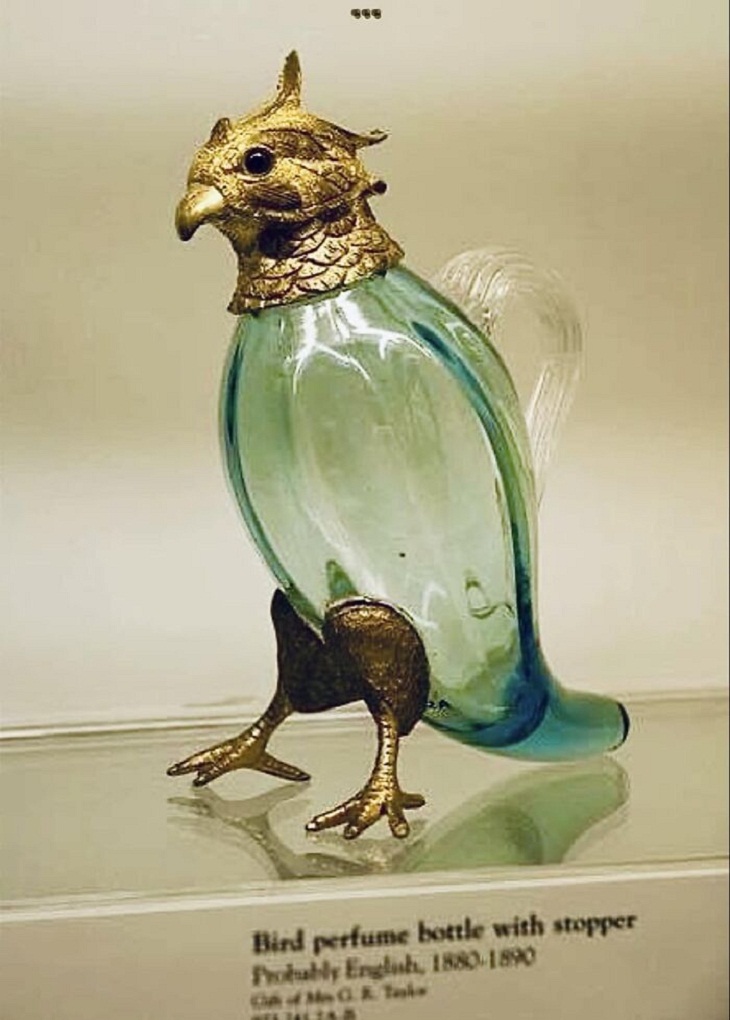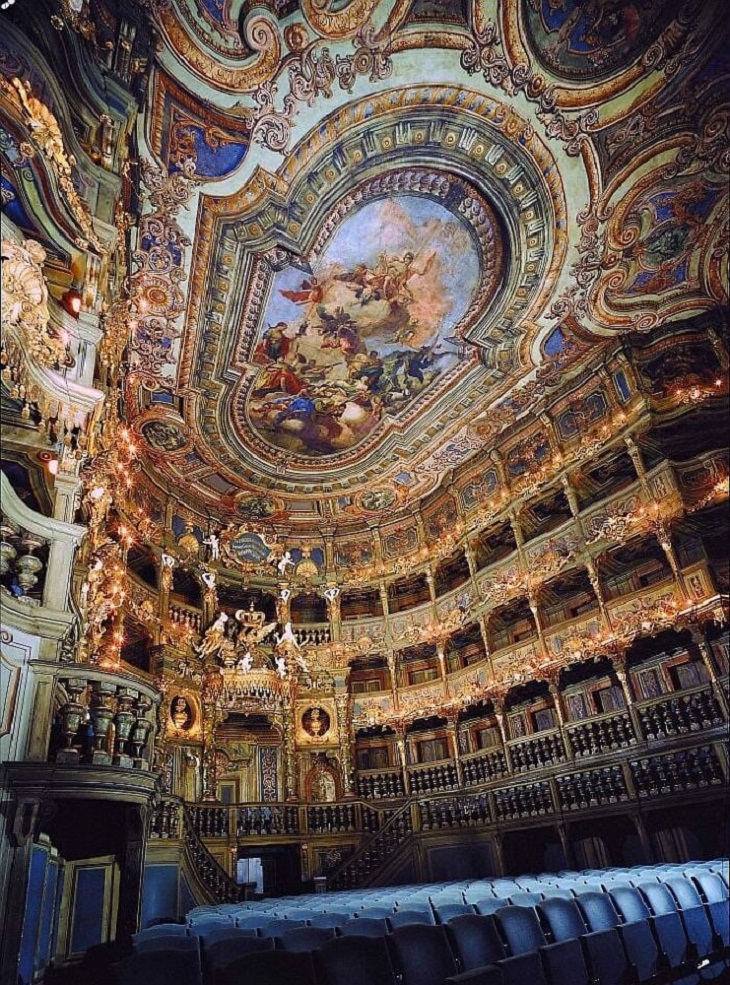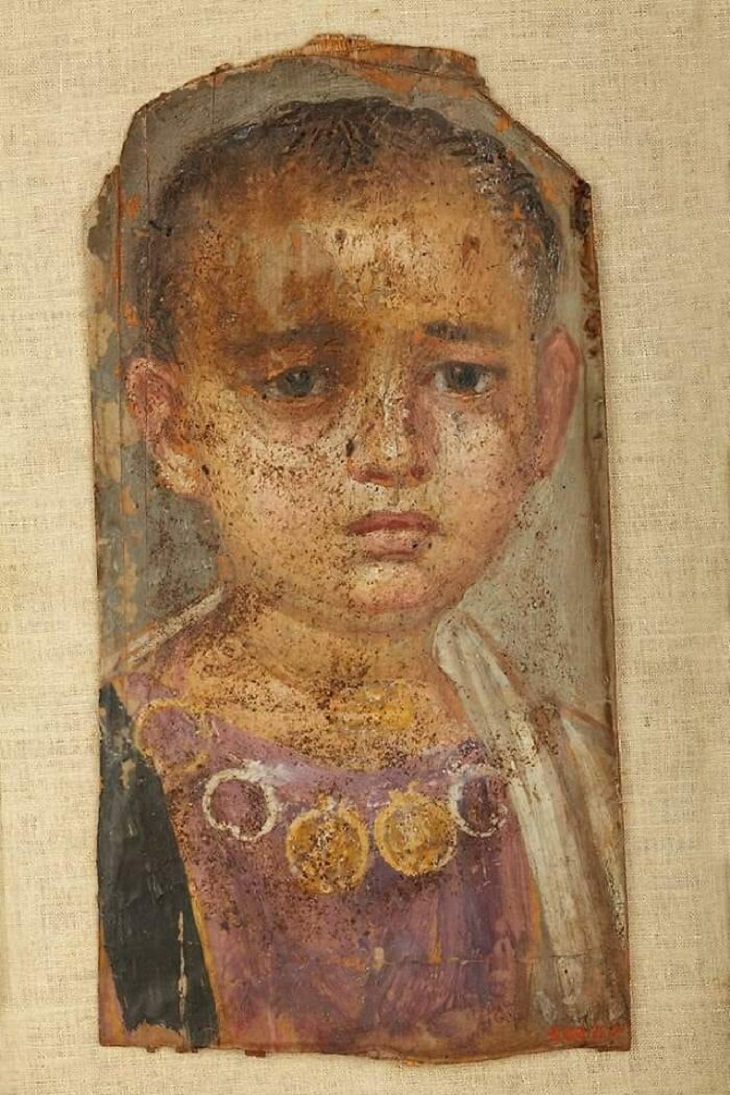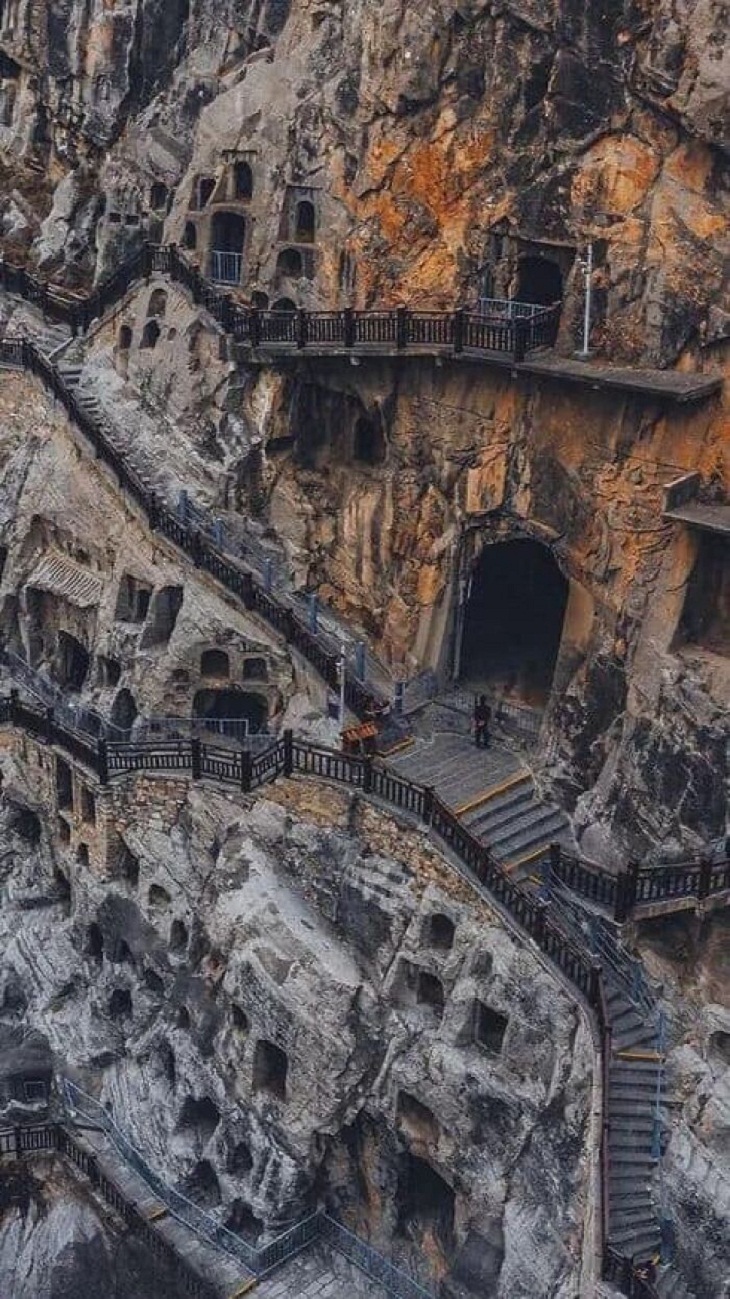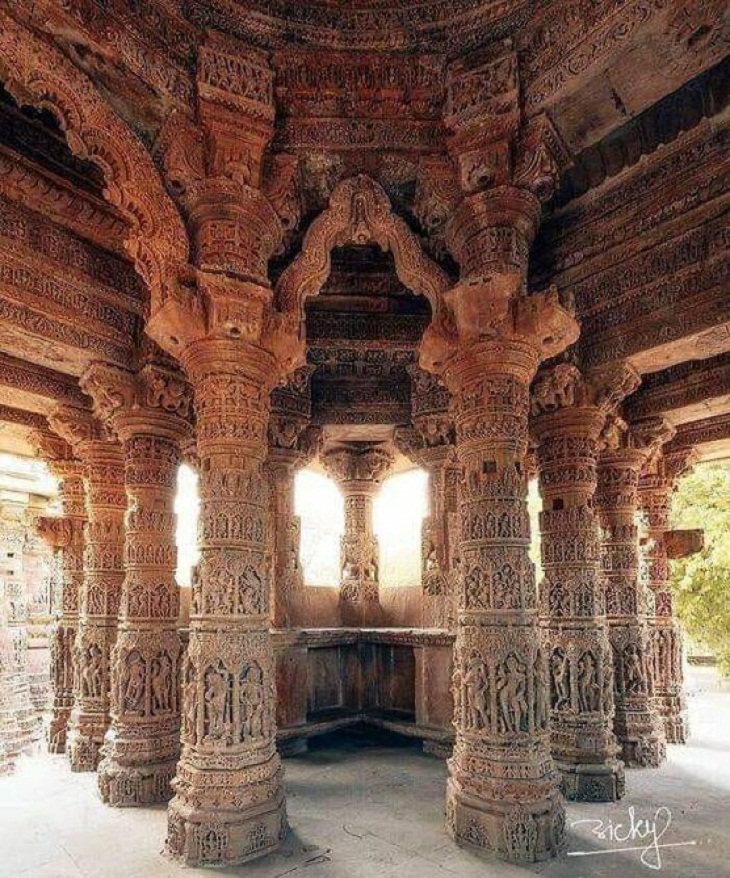
Throughout our time on Earth, humans have created some of the most fascinating and awe-inspiring creations, from architectural marvels to intricate pieces of art. Unfortunately, much of our rich heritage is often overlooked in our busy lives. But fear not, for the Facebook group 'Ancient Wonders of Archaeology, Art History & Architecture' is here to bring us a glimpse of some of the most incredible creations from our past.
From the grandeur of the Gloucester Cathedral to the intricate carvings of the Kailasa Temple, these ancient wonders are a testament to human ingenuity and creativity. Then there are the ancient Persian vertical-axis windmills, which are marvels of engineering, harnessing the power of the wind to grind grain and pump water. And just when you thought you'd seen it all, a mysterious underground city reminds us that there is always more to uncover about our past.
With stunning pictures and fascinating stories, this post takes us on a journey through time, showcasing some of the most fascinating creations of archeology, art, and architecture.
See Also: 12 Mind-Blowing Archaeological Discoveries Of 2022
